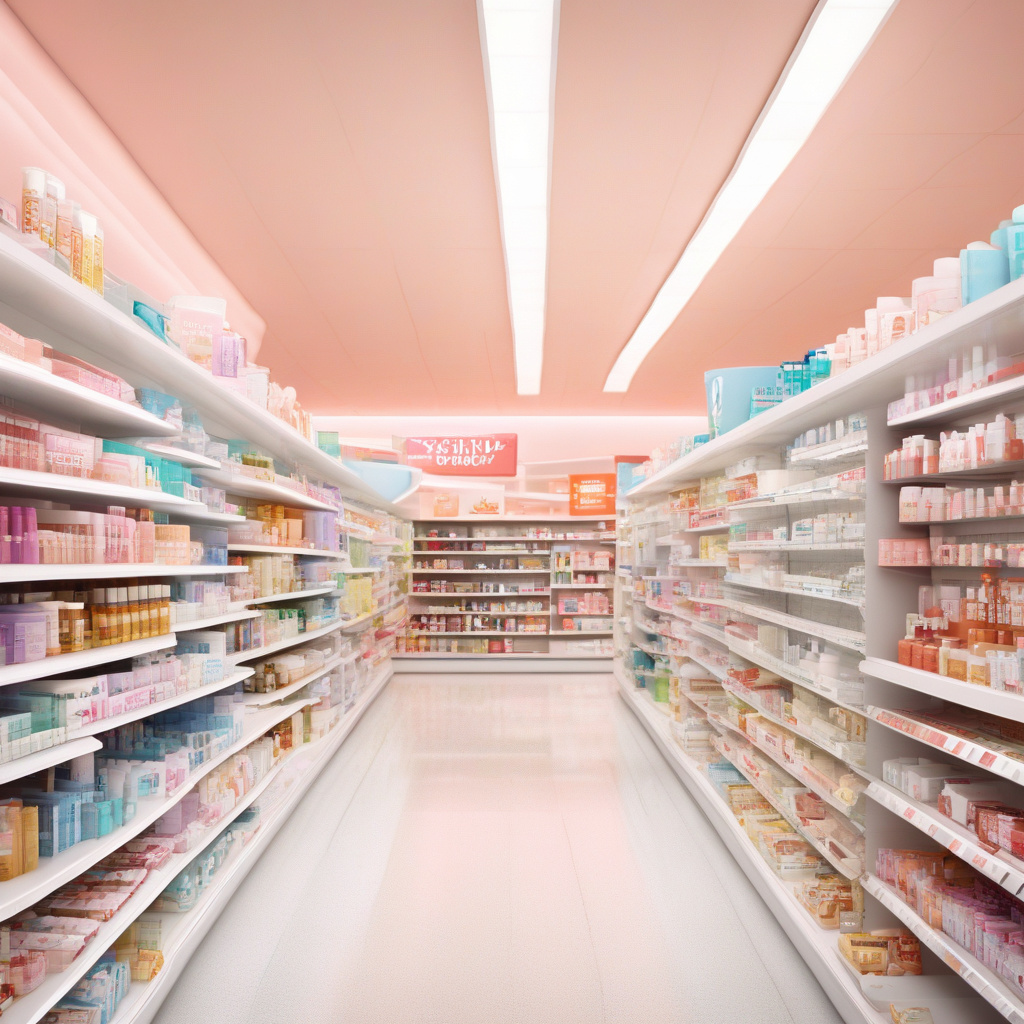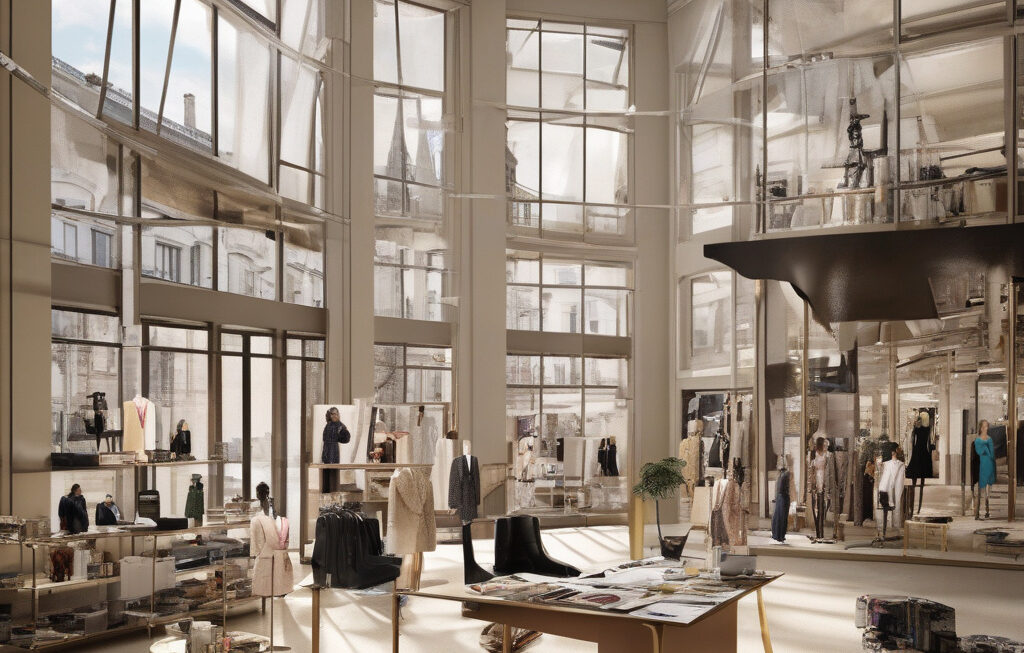Why Drugstores Still Aren’t Beauty Hubs
American pharmacies once aimed to transform their stores into beauty destinations, but after years of unmet promises and underwhelming results, beauty brands are reconsidering their reliance on the drugstore and are exploring different avenues for growth.
The idea of drugstores becoming beauty hubs seemed promising, with their convenient locations and high foot traffic. However, the reality has not lived up to the expectations set by the beauty industry. While drugstores have made efforts to enhance their beauty sections, they still struggle to compete with dedicated beauty retailers like Sephora and Ulta Beauty.
One of the main reasons why drugstores have not become the go-to destination for beauty products is the limited selection they offer. Beauty enthusiasts are often looking for a wide range of brands and products to choose from, and drugstores simply cannot match the variety that specialty beauty stores provide. Additionally, drugstores tend to focus more on stocking everyday essentials rather than the latest beauty trends and innovations.
Another factor that hinders drugstores from becoming beauty hubs is the lack of personalized customer experience. In stores like Sephora, customers can receive expert advice from beauty consultants and even enjoy makeovers and beauty services. Drugstores, on the other hand, often lack knowledgeable staff who can assist customers with their beauty needs, making the shopping experience less engaging and enjoyable.
Furthermore, the ambiance of drugstores does not align with the luxurious and experiential nature of the beauty industry. While Sephora and Ulta Beauty invest in creating visually appealing and immersive store environments, drugstores typically have a more utilitarian feel that does not resonate with beauty shoppers seeking a pampering and indulgent experience.
In response to these challenges, beauty brands are shifting their focus away from drugstores and exploring alternative distribution channels. Many brands are now prioritizing e-commerce and direct-to-consumer strategies to reach their target audience more effectively. By selling their products online, beauty brands can provide a wider selection, offer personalized recommendations, and create a more seamless shopping experience for customers.
Additionally, some beauty brands are partnering with specialty retailers, department stores, and beauty subscription services to expand their reach and engage with consumers in a more meaningful way. These collaborations allow brands to tap into existing customer bases and benefit from the expertise and resources of established beauty retailers.
While drugstores may not have become the beauty hubs that were once envisioned, there is still potential for them to carve out a niche in the beauty market. By reevaluating their product offerings, enhancing the customer experience, and collaborating with innovative beauty brands, drugstores can position themselves as viable contenders in the ever-evolving beauty industry.
In conclusion, the shift away from drugstores as beauty hubs reflects the changing preferences and expectations of beauty consumers. As beauty brands continue to explore new opportunities for growth and engagement, it is clear that the traditional model of beauty retailing is undergoing a transformation. By adapting to these changes and embracing innovative strategies, drugstores can remain relevant and competitive in the dynamic beauty landscape.
beauty, drugstores, retail, beautybrands, customerexperience












